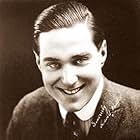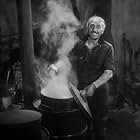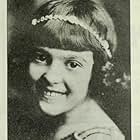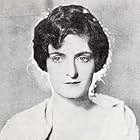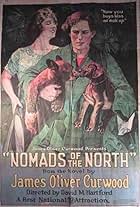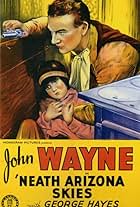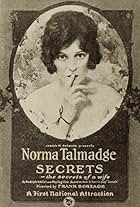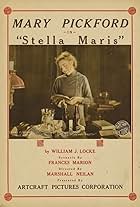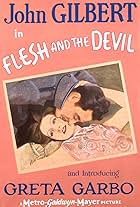Aunt Abigail and her adopted daughter Sally are threatened with the loss of their home through foreclosure of a mortgage held by Solon Hammerhead.Aunt Abigail and her adopted daughter Sally are threatened with the loss of their home through foreclosure of a mortgage held by Solon Hammerhead.Aunt Abigail and her adopted daughter Sally are threatened with the loss of their home through foreclosure of a mortgage held by Solon Hammerhead.
Photos
Hector V. Sarno
- Townsman
- (as Hector Sarno)
Marion Emmons
- Teenage Bully
- (uncredited)
Mae Giraci
- Tommy's Girl Friend
- (uncredited)
Charles Herzinger
- The Judge
- (uncredited)
Maxine Elliott Hicks
- Undetermined Secondary Role
- (uncredited)
- Directors
- Writers
- All cast & crew
- Production, box office & more at IMDbPro
Storyline
Did you know
- Trivia"The Curtis Film Company was in Riverside Thursday and Friday [11-12 December 1919] of this week taking pictures. This is the same company that 'shot' the fair grounds several weeks ago. It has its headquarters in Los Angeles. The visit to Riverside this week practically completed the scenes for the picture, 'The County Fair,' to be shown on the screen soon. Eight or ten players worked in the pictures taken Thursday and Friday. They returned to Los Angeles today." - Staff, "More Pictures Are Taken In Riverside For 'County Fair'," Riverside Daily Press, Saturday evening,13 December 1919, Volume XXIV, Number 296, page 4.
- Quotes
Joel Bartlett: We're goin' to win that race yet, Sally--an' then I'm goin' to claim you!
Sally Greenway: It can never be--I must marry Bruce Hammerhead.
Featured review
It is remarkable how people repeat the same stereotypical comments about early films, even when there is clear evidence to the contrary. So this story did not seem in the least bit "fresh" in 1920 and the introduction to the film itself makes quite clear that it did not. "It was produced in every town and village in America time and time again over a period of twenty years" It was already rather "old fashioned and predictable" by the standards of 1920 and the purpose of the production (again clearly stated in the introduction) was to bring to the screen a famous old play that had been dear "to our fathers and mothers".
The play, described as a "bucolic farce" dates in fact from 1888 but had a rather particular claim to fame which is probably what incited Tourneur to make the film. It was apparently written by one Charles Barnard but was produced for the stage by an actor/inventor/impresario called Neil Burgess (the introduction pays very specific homage to him) whose real name was James William Knell. He was also a female impersonator and himself played Aunt Abigail Prue in the stage production but what made the fame of the play was the system of treadmills and panoramas invented by Knell/Burgess which gave an impression of movement during the racing-scenes (using real horses), a system which would again be used for the chariot-race in the stage production of Ben Hur. So even if the story is a little dire, the production was, in its way, like that of Ben Hur, an important theatrical forerunner of cinema and the interest of making a film, with suitable apologies for the old-fashioned "wholesome" material, is therefore clear.
It is true it is no worse than the average US film of 1920 (sentimentality and buckled swashes rather ruled the day) but very much more interesting films were being made that same year in Germany and Sweden.
The play, described as a "bucolic farce" dates in fact from 1888 but had a rather particular claim to fame which is probably what incited Tourneur to make the film. It was apparently written by one Charles Barnard but was produced for the stage by an actor/inventor/impresario called Neil Burgess (the introduction pays very specific homage to him) whose real name was James William Knell. He was also a female impersonator and himself played Aunt Abigail Prue in the stage production but what made the fame of the play was the system of treadmills and panoramas invented by Knell/Burgess which gave an impression of movement during the racing-scenes (using real horses), a system which would again be used for the chariot-race in the stage production of Ben Hur. So even if the story is a little dire, the production was, in its way, like that of Ben Hur, an important theatrical forerunner of cinema and the interest of making a film, with suitable apologies for the old-fashioned "wholesome" material, is therefore clear.
It is true it is no worse than the average US film of 1920 (sentimentality and buckled swashes rather ruled the day) but very much more interesting films were being made that same year in Germany and Sweden.
Details
- Runtime1 hour
- Sound mix
- Aspect ratio
- 1.33 : 1
Contribute to this page
Suggest an edit or add missing content




